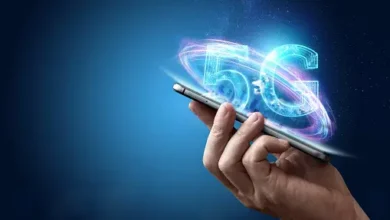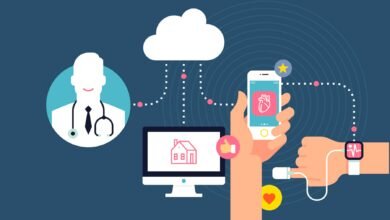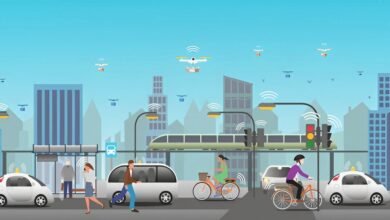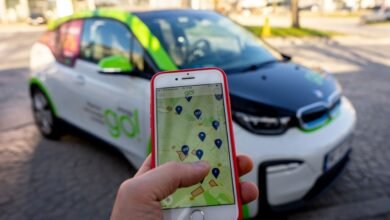Efficient Energy Management: How to Implement IoT in Your Home In 2024
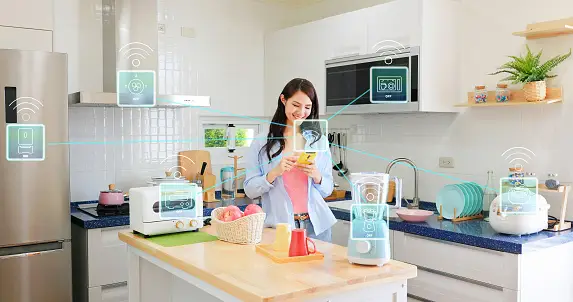
Efficient Energy Management: How to Implement IoT in Your Home In 2024? In our rapidly advancing world, the need for efficient energy management has become more critical than ever. With concerns about climate change and the rising costs of energy, homeowners are seeking innovative solutions to optimize their energy consumption. One promising technology that has gained prominence is the Internet of Things (IoT). This article explores the integration of IoT in home energy management and provides a comprehensive guide on how to implement it in your home in 2024.
Table of Contents
ToggleIoT and Energy Management
The Internet of Things, or IoT, refers to the interconnected network of devices that communicate and share data. In the realm of energy management, IoT plays a pivotal role by enabling smart devices to communicate and collaborate in real-time. This integration allows for a more intelligent and responsive energy management system.
Benefits of Implementing IoT in Home Energy Management
The adoption of IoT in home energy management comes with a myriad of benefits. Firstly, it leads to significant energy cost savings. Smart devices can analyze consumption patterns and adjust settings to minimize energy wastage, resulting in lower utility bills. Additionally, the environmental impact is reduced as energy-efficient practices contribute to a greener and more sustainable future. Moreover, the increased efficiency achieved through IoT implementation enhances the overall comfort and convenience of daily life.
Smart Home Devices and Energy Efficiency
One of the primary ways to implement IoT in home energy management is through the use of smart home devices. Smart thermostats, for example, can learn your preferences and adjust the temperature accordingly, optimizing energy use. Energy-efficient lighting systems and smart plugs for appliances further contribute to the overall efficiency of your home.
IoT Sensors for Energy Monitoring
To achieve precision in energy management, IoT sensors play a crucial role. Temperature sensors help regulate heating and cooling systems, motion sensors ensure lights are only activated when needed, and smart meters provide real-time data on energy consumption. These sensors work in tandem to create a dynamic and responsive energy management ecosystem.
Data Analytics in Energy Management
The data collected by IoT devices is a valuable resource for optimizing energy consumption. Through data analytics, homeowners can gain insights into usage patterns, identify potential areas for improvement, and implement strategies for energy efficiency. Predictive analysis based on historical data further aids in forecasting and proactive management.
Smart Grids and Energy Distribution
Smart grids revolutionize the way energy is distributed and consumed. By incorporating IoT, smart grids can balance supply and demand more effectively, reducing energy wastage and ensuring a stable and reliable power supply. This technology is a key component in the move towards a more sustainable and resilient energy infrastructure.
Challenges in Implementing IoT for Home Energy Management
While the benefits are substantial, there are challenges in implementing IoT for home energy management. Security concerns, initial setup costs, and compatibility issues with existing devices can pose obstacles. However, these challenges can be overcome with the right approach and solutions.
Overcoming Challenges
To address security concerns, adopting robust security measures such as encryption and regular updates is essential. While there may be initial setup costs, it’s crucial to view them as an investment with long-term cost savings. The compatibility issue can be mitigated by selecting devices that adhere to common communication protocols and standards.
Case Studies: Successful Implementation of IoT in Homes
Real-world examples showcase the tangible benefits of implementing IoT in home energy management. Homes equipped with smart devices have reported significant reductions in energy bills, increased comfort, and a positive environmental impact. These case studies serve as inspiration for homeowners considering the transition to IoT-powered energy management.
Future Trends in IoT for Home Energy Management
As technology continues to evolve, the future of IoT in home energy management holds exciting possibilities. Advancements in device efficiency, integration with renewable energy sources, and increased automation are among the trends to watch out for. Staying informed about these developments can help homeowners make informed decisions.
Tips for Implementing IoT in Your Home
For those considering the implementation of IoT in their homes, a gradual approach is advisable. Start with a few devices that align with your energy management goals and gradually expand. Choosing devices that are compatible with each other ensures a seamless and efficient system.
DIY vs Professional Installation
Deciding between a do-it-yourself (DIY) approach and professional installation depends on individual preferences and technical expertise. DIY installations provide a hands-on experience but may require more time and effort. Professional installations offer convenience and expertise but come with associated costs. Homeowners should weigh the pros and cons based on their comfort level and requirements.
Read More: South Korea Releases Official Guidelines for BLCK Trading
User-Friendly Interfaces for Energy Monitoring
Monitoring energy consumption is made easy with user-friendly interfaces. Smartphone apps and web interfaces allow homeowners to track and control their energy usage in real-time. These interfaces provide a convenient means of staying connected with your home’s energy management system.
Conclusion
In conclusion, embracing efficient energy management through the implementation of IoT in your home in 2024 is a wise and forward-thinking choice. The benefits, including cost savings, environmental impact, and increased comfort, make it a compelling investment. Overcoming challenges and staying informed about the latest trends and technologies will ensure a successful transition to a more sustainable and energy-efficient home.
FAQs : Implement IoT in Your Home
Is IoT only for new homes, or can it be integrated into existing homes?
IoT can be integrated into both new and existing homes. The key is to choose compatible devices and ensure a seamless connection.
**What security measures should I take when implementing
Implement robust security measures such as encryption, strong passwords, and regular firmware updates for all IoT devices to ensure a secure network.
Are there any government incentives for adopting IoT in home energy management?
Depending on your location, there might be government incentives, rebates, or tax credits for adopting energy-efficient technologies. Check with local authorities or energy agencies for available programs.
Can I use IoT devices from different manufacturers in my home?
Yes, many IoT devices are designed to be interoperable, but it’s essential to ensure compatibility by checking for common communication protocols or standards among devices.
How can I monitor and control my home’s energy usage remotely?
You can use user-friendly interfaces such as smartphone apps or web interfaces provided by IoT devices to monitor and control your home’s energy usage from anywhere with an internet connection.
What are the potential cost savings of implementing IoT in home energy management?
The cost savings vary based on individual usage patterns, but many homeowners report significant reductions in energy bills after implementing IoT devices for energy management.


